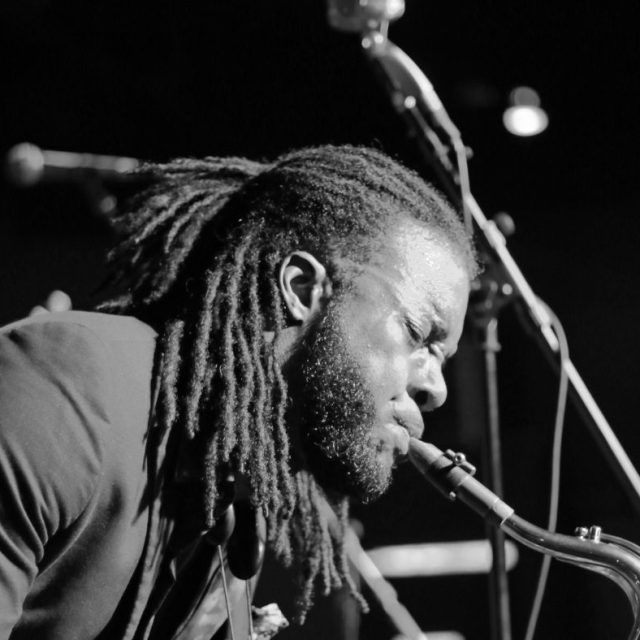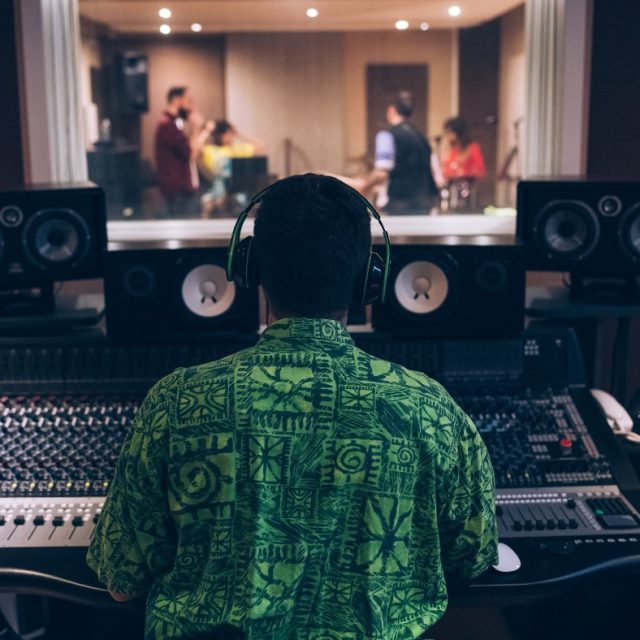From Music to Technology: The Evolution of Austin’s Identity Amidst Unprecedented Growth
Often referred to as the Live Music Capital of the World, the city has transformed from a slow-paced city and college town into a major metropolis

Cultural Heritage
Austin has a decades-long history as the cultural and counter-cultural capital of Texas. The City’s unofficial mantra is ‘Keep Austin weird’, and Austin is often referred to as the Live Music Capital of the World. The University of Texas at Austin, one of the best research universities in the United States and home to over 50,000 students and 3,000 teaching faculty, is renowned for the Dell Medical School, School of Architecture, Department of Radio, TV and Film, and the new School of Design and Creative Technologies.
In the past two decades, the city has transformed from a slow-paced small city and college town into a major metropolis. This is due in part to the rapidly growing tech-sector, robust live-music scene, and globally famed and attended festivals such as South by Southwest, Austin City Limits, and Levitation Music Festival.
Austin has a dynamic creative sector, with over 100,000 residents employed in the creative industries –the majority of whom are independent artists, writers and performers, or come from other creative sectors including advertising and graphic design, movie, film and video production, and arts education. Austin is the only UNESCO Creative City of Media Arts in the US. The city has a robust events, music and cultural tourism economy. Before the pandemic, live music had a roughly $2 billion economic impact for Austin. According to the Austin Tourism Commission, live music is ‘the single biggest contributor to desirability, liveability and growth for the City of Austin’.
Embracing Change
With nearly a million residents, Austin has been experiencing a boom period for over a decade and is one of the fastest growing metropolitan areas in America. The pandemic has accelerated this growth as new working patterns have led to an influx of technology and knowledge workers moving to the city, drawn in by the appeal of Austin’s leisure and entertainment amenities and greenspace. A growing set of tech companies, from start-ups to giants like Google, Tesla, and Apple, have relocated or opened new offices in the city.
However, this rapid growth is putting a strain on city infrastructure that was designed to support a quarter of its current population. Housing supply is struggling to keep pace with demand, and Austin has a congested transportation network with limited availability of public transportation.
Austin is challenged by balancing new development and growth with preserving the cultural vitality of the city. This wave of development has put acute pressure on Austin’s cultural infrastructure, longstanding venues, and sites of community importance. The City’s landmark Red River Cultural District, through the Red River Merchant’s Association (a coalition of over 40 local small businesses within the district), has set its own policy priorities and advocacy to ensure its members do not get displaced. And efforts are underway to protect historically redlined Black East Austin, the historic Mexican-American Fifth Street Corridor, and legacy 4th street LGBTQ+ spaces from development pressures.

The Role of the Policymaker
The City of Austin is delivering the Austin Strategic Direction 2023. The City Plan is framed around six priority areas including economic opportunity and affordability, mobility, safety, health and the environment, culture and lifelong learning, and a government that works for all. Cultural policy in Austin is the responsibility of the Cultural Arts Division (CAD) within the Economic Development Department, in close collaboration with other City Departments (especially the Parks and Recreation Department under which City-owned cultural centres are managed), Austin City Council and the City’s Arts Commission.
The City Council are advised by the Arts Commission, an eleven-member group of sector experts appointed by the City Council.
The Future
Addressing challenges to cultural space in Austin has become a central priority of CAD, as raised in the Music and Creative Ecosystem Omnibus Resolution research report. In response to the report, CAD created the Creative Space Assistance Program. The Program supports creative organisations facing temporary or permanent displacement or new commercial leases at higher and unaffordable rates. Arts non-profits, for-profit live music venues, performance spaces and art galleries, and independent artists leasing commercial studios may use these funds for revenue-generating space improvements, lease payment stipends, and gap funding for creative space purchases.
Austin is focused on balancing the city’s rapid development and growth whilst preserving the cultural vitality of the city. Rapid development puts pressure on Austin’s cultural infrastructure, longstanding venues, and sites of community significance.
Austin in building a number of new cultural infrastructure over the next few years including the expansion of Emma S. Barrientos Mexican American Cultural Centre, Waterloo Greenway is a 1.5-mile long park with cultural spaces and the relocation of Dougherty Arts Centre.
The City’s landmark Red River Cultural District, through the Red River Merchant’s Association (a coalition of over 40 local small businesses within the district), has set its own policy priorities and advocacy to ensure its members do not get displaced. Efforts are underway to protect historically redlined Black East Austin, the historic Mexican-American Fifth Street Corridor, and legacy 4th street LGBTQ spaces from development pressures.
Addressing challenges to cultural space in Austin has become a central priority, this was raised in the Music and Creative Ecosystem Omnibus Resolution research report. In response to the report, Austin’s Cultural Arts Division created the Creative Space Assistance Program. The Program supports creative organisations facing temporary or permanent displacement or new commercial leases at unaffordable rates. Arts and live music venues, performance spaces and art galleries, and independent artists leasing commercial studios may use these funds for space improvements, lease payment, and for creative space purchases.
Images copyright © Getty Images/Canva




